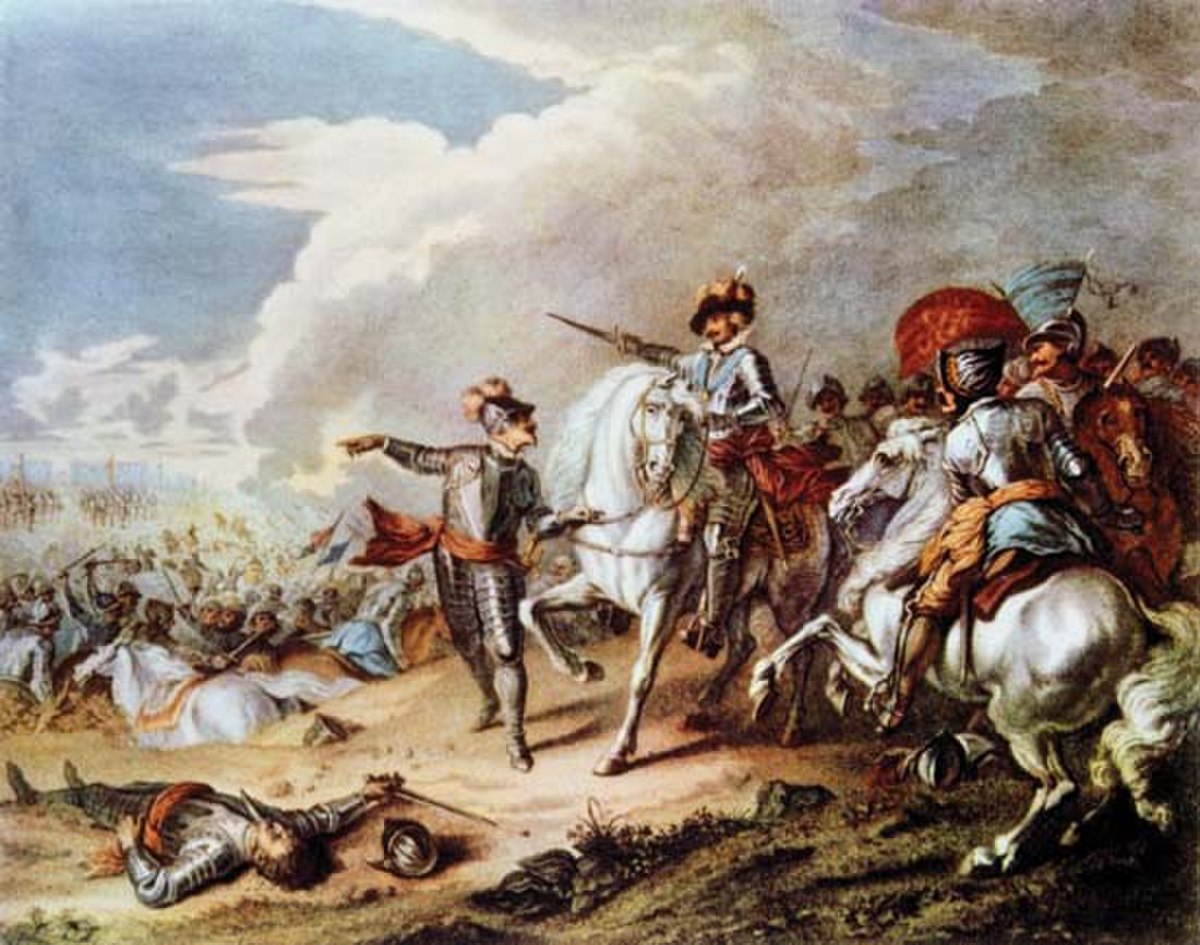
Battle of Naseby
Naseby, Northampton, NorthamptThe Battle of Naseby took place on Saturday 14 June 1645 during the First English Civil War, near the village of Naseby in Northamptonshire. The Parliamentarian New Model Army, commanded by Sir Thomas Fairfax and Oliver Cromwell, destroyed the main Royalist army under Charles I and Prince Rupert. Defeat ended any real hope of Royalist victory, although Charles did not finally surrender until May 1646.
The 1645 campaign began in April when the newly formed New Model Army marched west to relieve Taunton, before being ordered back to lay siege to Oxford, the Royalist wartime capital. On 31 May, the Royalists stormed Leicester and Fairfax was instructed to abandon the siege and engage them. Although heavily outnumbered, Charles decided to stand and fight and after several hours of combat his force was effectively destroyed. The Royalists suffered over 1,000 casualties, with over 4,500 of their infantry captured and paraded through the streets of London; they would never again field an army of comparable quality.
They also lost all their artillery and stores, along with Charles' personal baggage and private papers, which revealed his attempts to bring the Irish Catholic Confederation and foreign mercenaries into the war. These were published in a pamphlet titled The King's Cabinet Opened, whose appearance was a great boost to the cause of Parliament.
